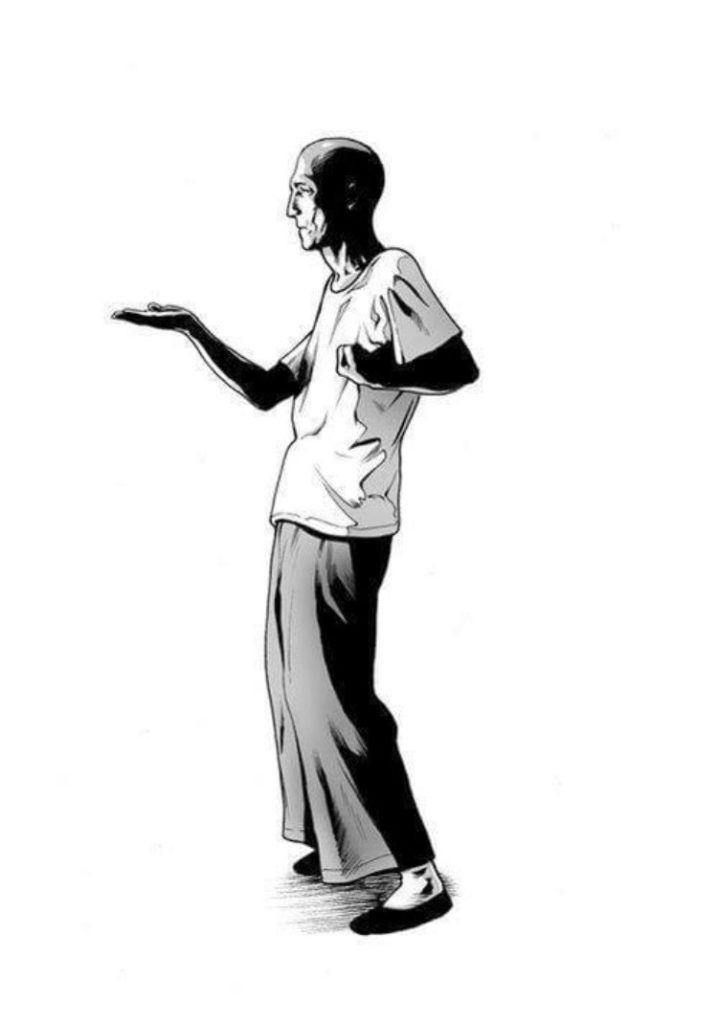What’s the difference between Wing Chun and Jeet Kune Do? Jeet Kune Do emphasises simplicity, directness, and economy of motion and is a concept based martial art. Here’s a couple of quotes from Bruce Lee about his art:

“Using no way as a way, having no limitation as limitation.”
― Bruce Lee, Tao of Jeet Kune Do
“Use only that which works, and take it from any place you can find it.”
― Bruce Lee, Tao of Jeet Kune Do
“Not being tense but ready; not thinking but not dreaming.
Not being set but flexible.
Liberation from the uneasy sense of confinement.
It is being wholly and quietly alive, aware and alert, ready for whatever may come.”
― Bruce Lee, Tao of Jeet Kune Do
Wing Chun is also based on simplicity, directness and economy of motion. It’s also a concept based martial art. Here’s some of the concepts which Wing Chun is based on:
- Simplicity.
- Directness.
- Practicality.
- Economy of Movement.
- Minimum Use of Brute Force.
What’s The Difference Between Wing Chun And Jeet Kune Do?
Ip Man (the modern day founder of Wing Chun) is quoted as saying: “Anyone can add on to a system, the secret is to try to take something away and yet still keep it pure”.
While Bruce Lee added to Wing Chun to create Jeet Kune Do, the principles between the two concepts are the same:
- Simplicity.
- Directness.
- Economy of Movement
Jeet Kune do also uses grappling techniques, has ground fighting as well as standing fighting and encompasses weapons in the system. However Jeet Kune Do (translated as “the way of the intercepting fist”) It is a term Bruce Lee regretted using, because it implied a specific parameter. Whereas the idea of his martial art was to exist outside of parameters and limitations.
So while Jeet Kune Do has more within it, in terms of a broader fighting syllabus (including weapons, ground fighting and so on) the core principles are much the same. Wing Chun is a simpler style focusing on standing fighting principles using only low kicks.
Jeet Kune Do is a fighting style influenced by Wing Chun, Tai Chi, Taekwondo, boxing, fencing, Kali and jujutsu. Although JKD was conceptualised in 1965 and formally named in 1967 by Bruce Lee in a press interview Lee himself never formalised Jeet Kune Do before he died in 1973. This forced later JKD practitioners to rely upon their own interpretation of the philosophy created by Bruce Lee.
JKD – What Bruce Lee Said About JKD
Bruce Lee on JKD:
I have not invented a “new style,” composite, modified or otherwise that is set within distinct form as apart from “this” method or “that” method. On the contrary, I hope to free my followers from clinging to styles, patterns, or molds. Remember that Jeet Kune Do is merely a name used, a mirror in which to see “ourselves”. . . Jeet Kune Do is not an organized institution that one can be a member of.

Either you understand or you don’t, and that is that. There is no mystery about my style. My movements are simple, direct, and non-classical. The extraordinary part of it lies in its simplicity. Every movement in Jeet Kune Do is being so of itself. There is nothing artificial about it. I always believe that the easy way is the right way. Jeet Kune Do is simply the direct expression of one’s feelings with the minimum of movements and energy. The closer to the true way of Kung Fu, the less wastage of expression there is.
Finally, a Jeet Kune Do man who says Jeet Kune Do is exclusively Jeet Kune Do is simply not with it. He is still hung up on his self-closing resistance, in this case, anchored down to a reactionary pattern, and naturally is still bound by another modified pattern and can move within its limits. He has not digested the simple fact that truth exists outside all molds; pattern and awareness is never exclusive. Again let me remind you Jeet Kune Do is just a name used, a boat to get one across, and once across it is to be discarded and not to be carried on one’s back.
— Bruce Lee


